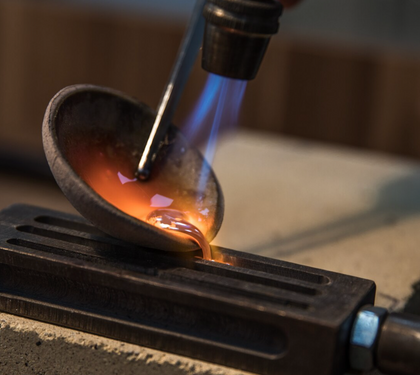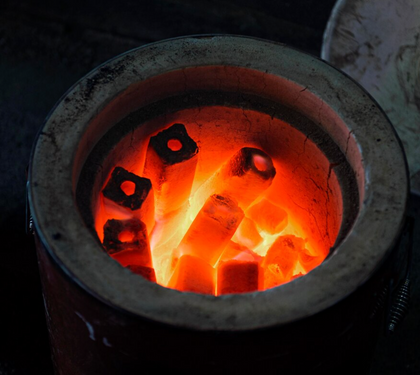Stainless steel, with its unmistakable sheen, strength, and resistance to rust, has become an intrinsic part of our modern world. From sleek kitchen utensils to majestic skyscrapers, its presence is undeniably felt. But where does this remarkable alloy come from, and how is it manufactured? Let’s embark on a journey to uncover the origins and craftsmanship of stainless steel.
1. The Primary Ingredient: Iron Ore
The tale of stainless steel begins deep within the Earth's crust. Iron ore, primarily composed of iron oxide, is mined from locations worldwide, with significant deposits in Australia, Brazil, and China. This ore acts as the foundational material for stainless steel.
2. From Ore to Iron: The Smelting Process
Once mined, iron ore undergoes a smelting process in blast furnaces. This process involves the reduction of the ore using coke (a form of carbon) at high temperatures. The result? Liquid iron. While this iron can be used for various applications, it isn’t stainless steel yet.
3. The Alloying Process: Birth of Stainless Steel
To transform iron into stainless steel, it's combined with various elements, the most vital being chromium. At least 10.5% chromium is needed for steel to be considered “stainless”. Here's how the magic unfolds:
-
Chromium: It bestows steel with its stainless characteristic. Upon exposure to oxygen, chromium forms an ultra-thin layer on the steel's surface, protecting it from rusting.
-
Nickel: Often added to improve the alloy's formability and to bolster corrosion resistance.
-
Carbon, Molybdenum, and others: Different grades of stainless steel will contain varied amounts of these elements, each influencing the steel's properties.
The molten concoction is then cast into thick slabs, blooms, or billets, depending on the final product's requirements.
4. Forming Stainless Steel: Shaping the Future
With the alloy prepared, the next step is forming. This process might vary based on the desired product:
-
Hot Rolling: The primary slabs or billets are reheated and passed through rollers to be transformed into thinner pieces like plates, sheets, or strips.
-
Cold Rolling: For a smoother finish and more precise dimensions, the steel is further processed at room temperatures.
5. Heat Treatment: Enhancing the Steel
After forming, stainless steel often undergoes heat treatment. This process involves heating the steel to specific temperatures, then rapidly cooling it, which refines the steel's structure and enhances its mechanical properties.
6. Finishing Touches: Perfecting the Product
The stainless steel is then given its final form and appearance:
-
Cutting: Large sheets or rolls are cut into desired sizes using powerful shears or laser cutting techniques.
-
Welding: For products requiring assembly, stainless steel is welded. Since it's an alloy, specific techniques ensure the steel doesn't lose its corrosion-resistant properties at weld points.
-
Surface Finish: Based on the application, the steel might be further polished or given a matte finish.
Conclusion
The journey of stainless steel, from the depths of the earth as iron ore to the polished product we see around us, is a testament to human ingenuity and the marvels of metallurgical science. As you next encounter stainless steel, whether in the gleaming facade of a building or the spoon in your kitchen, take a moment to appreciate the complex processes that birthed it.


